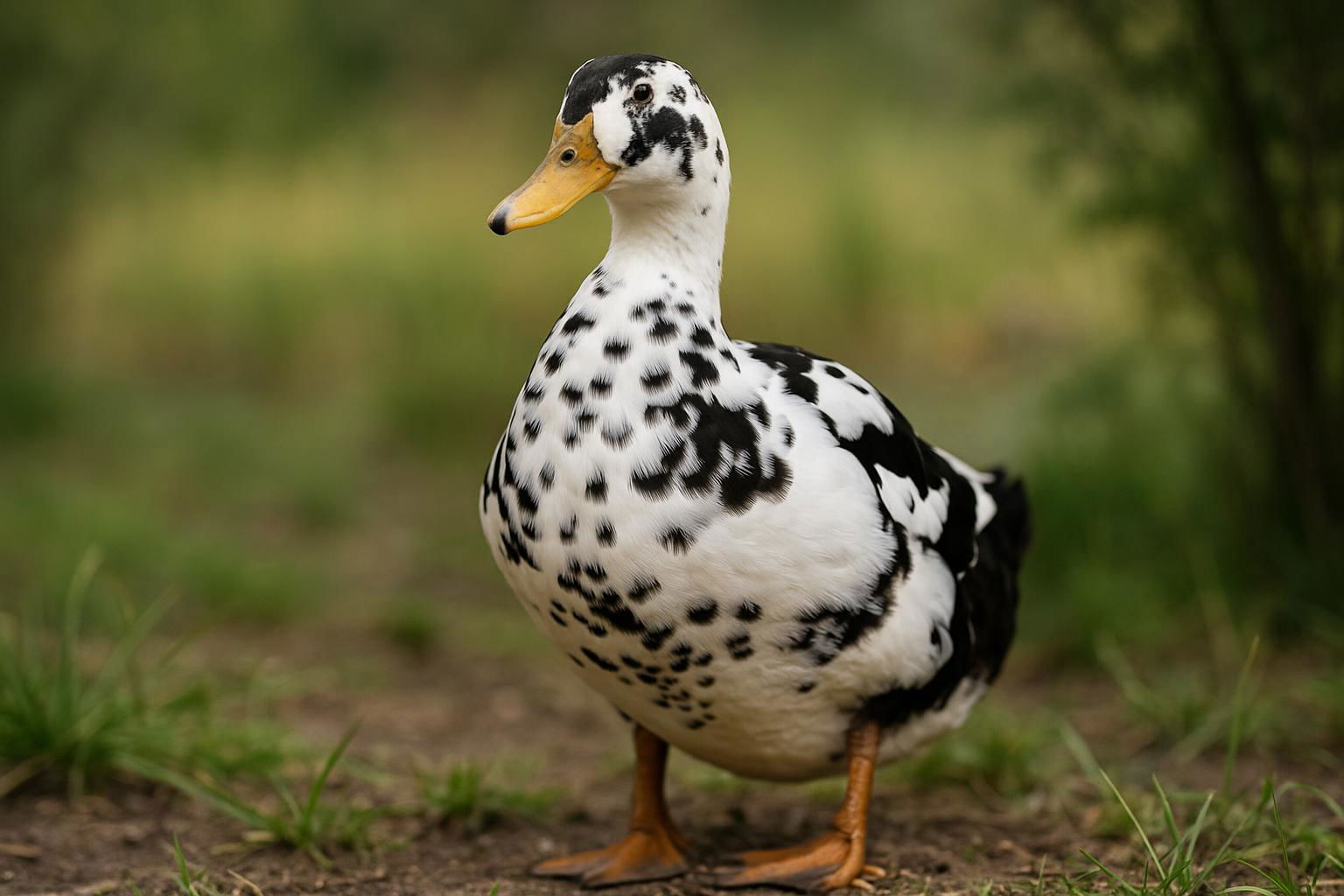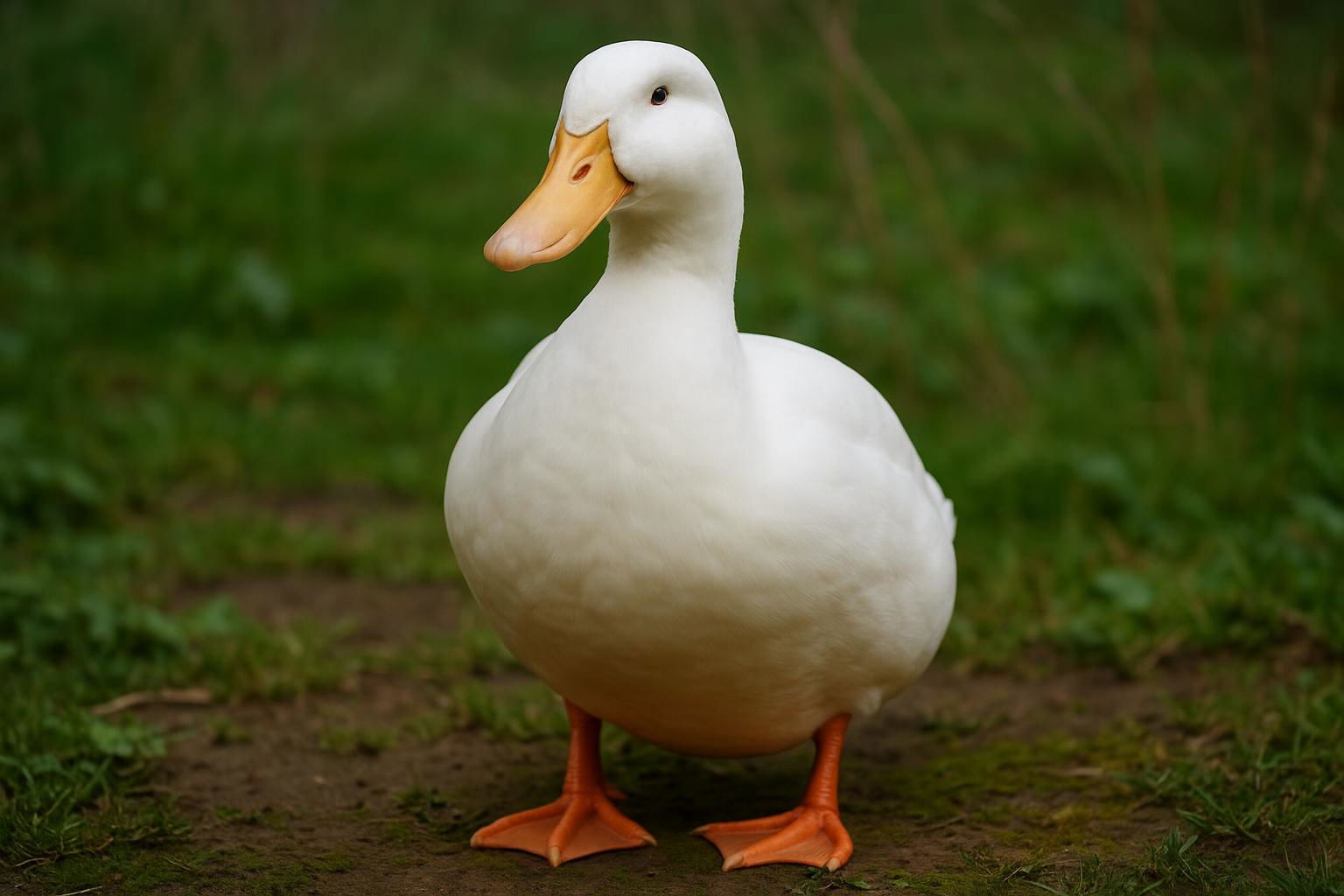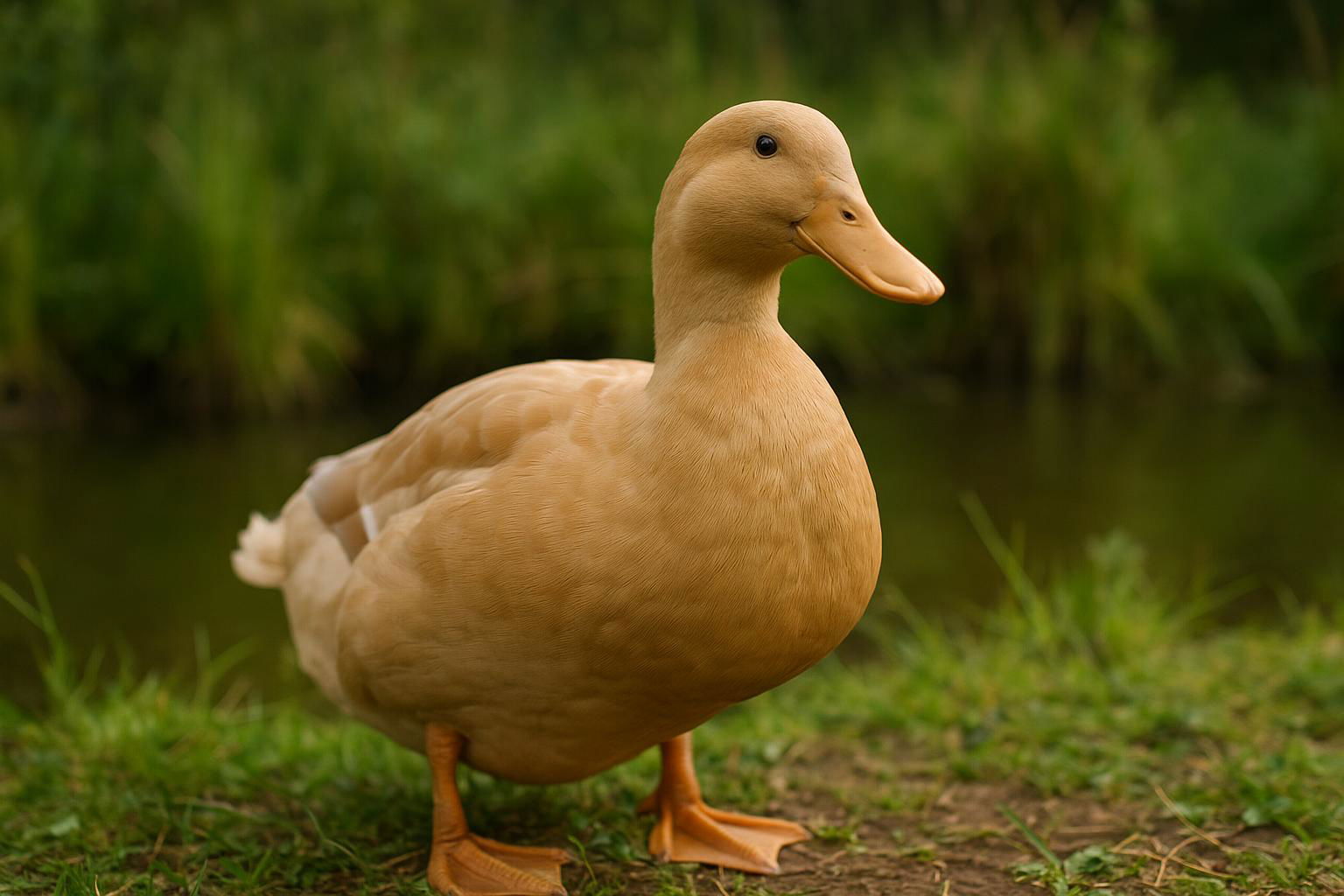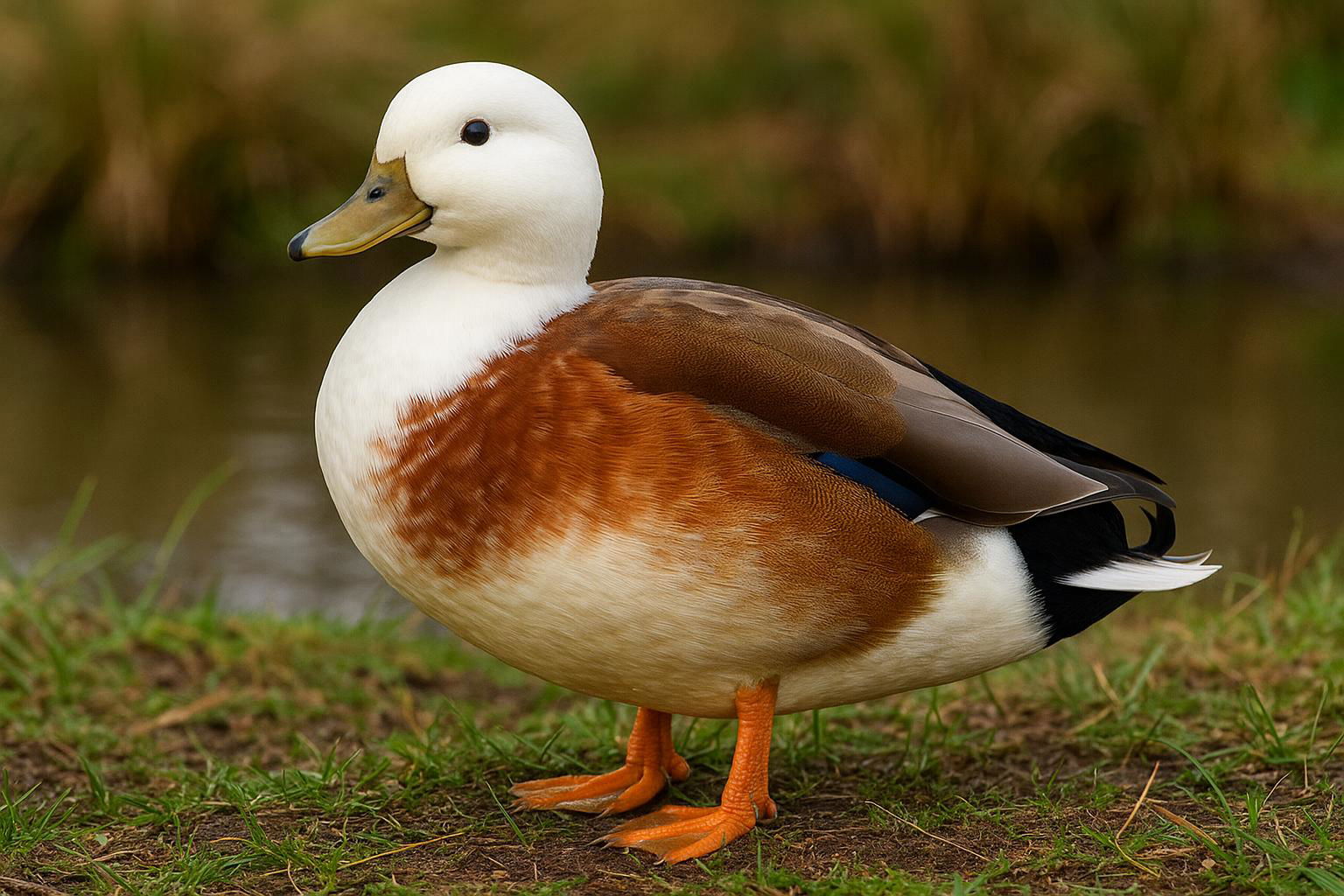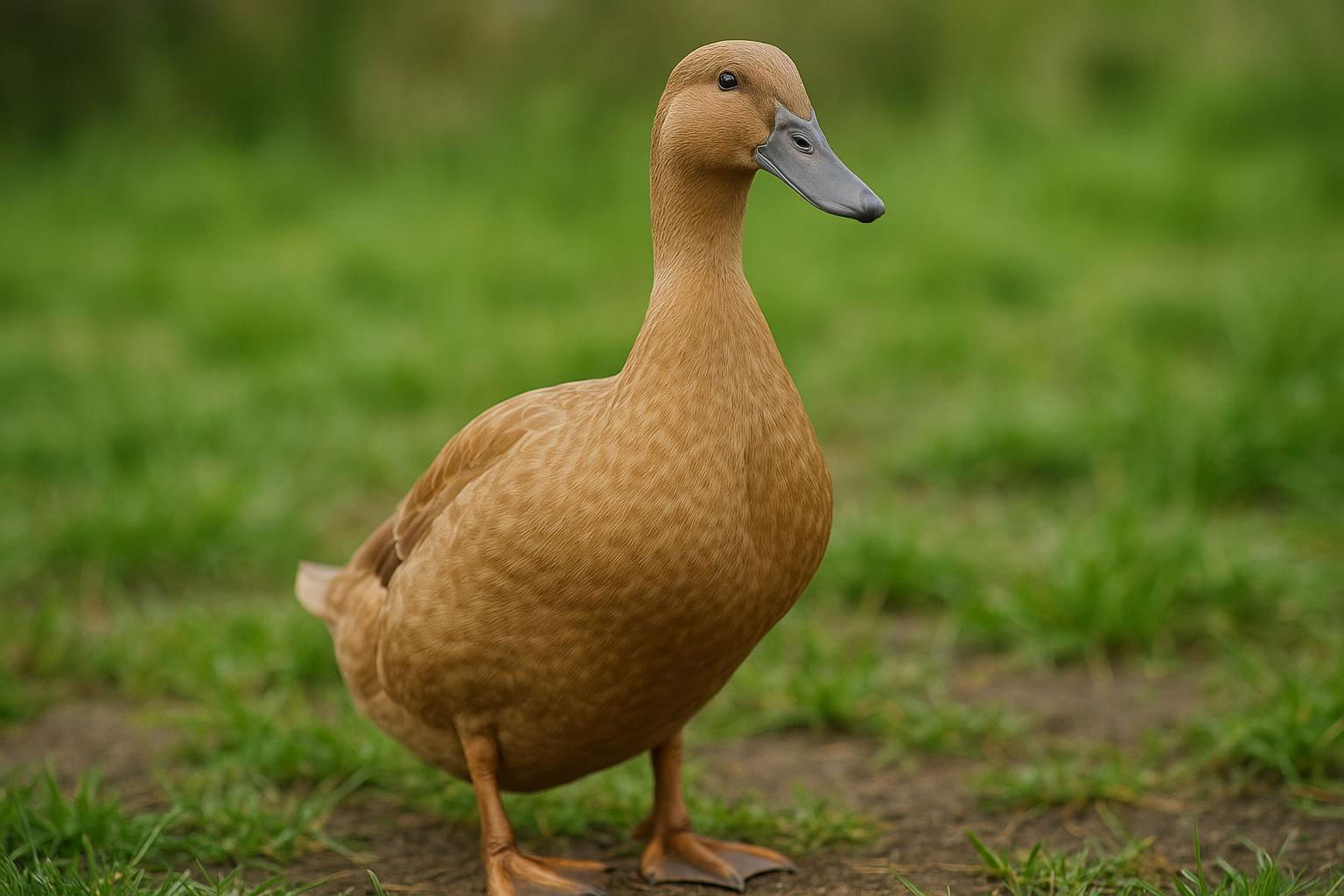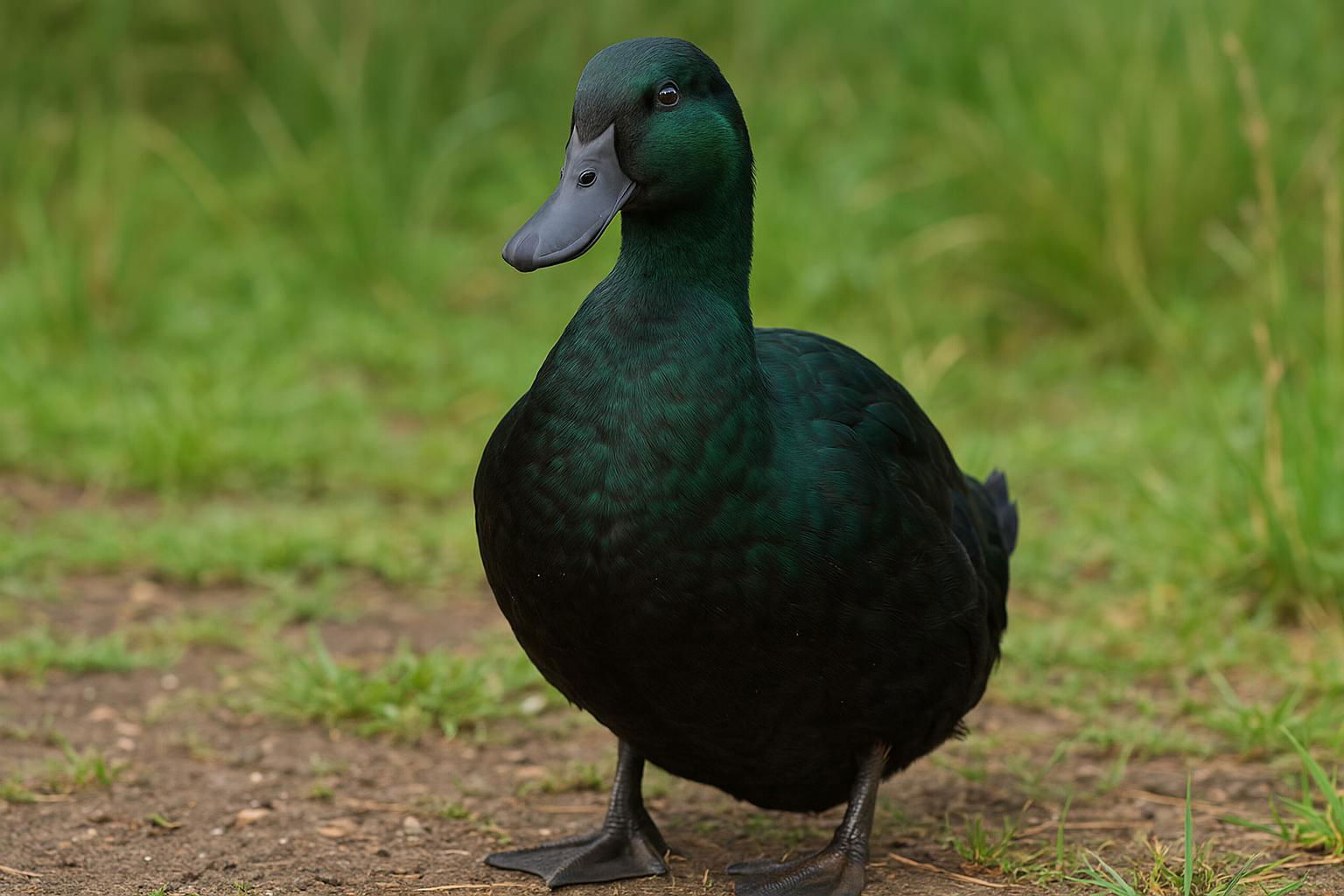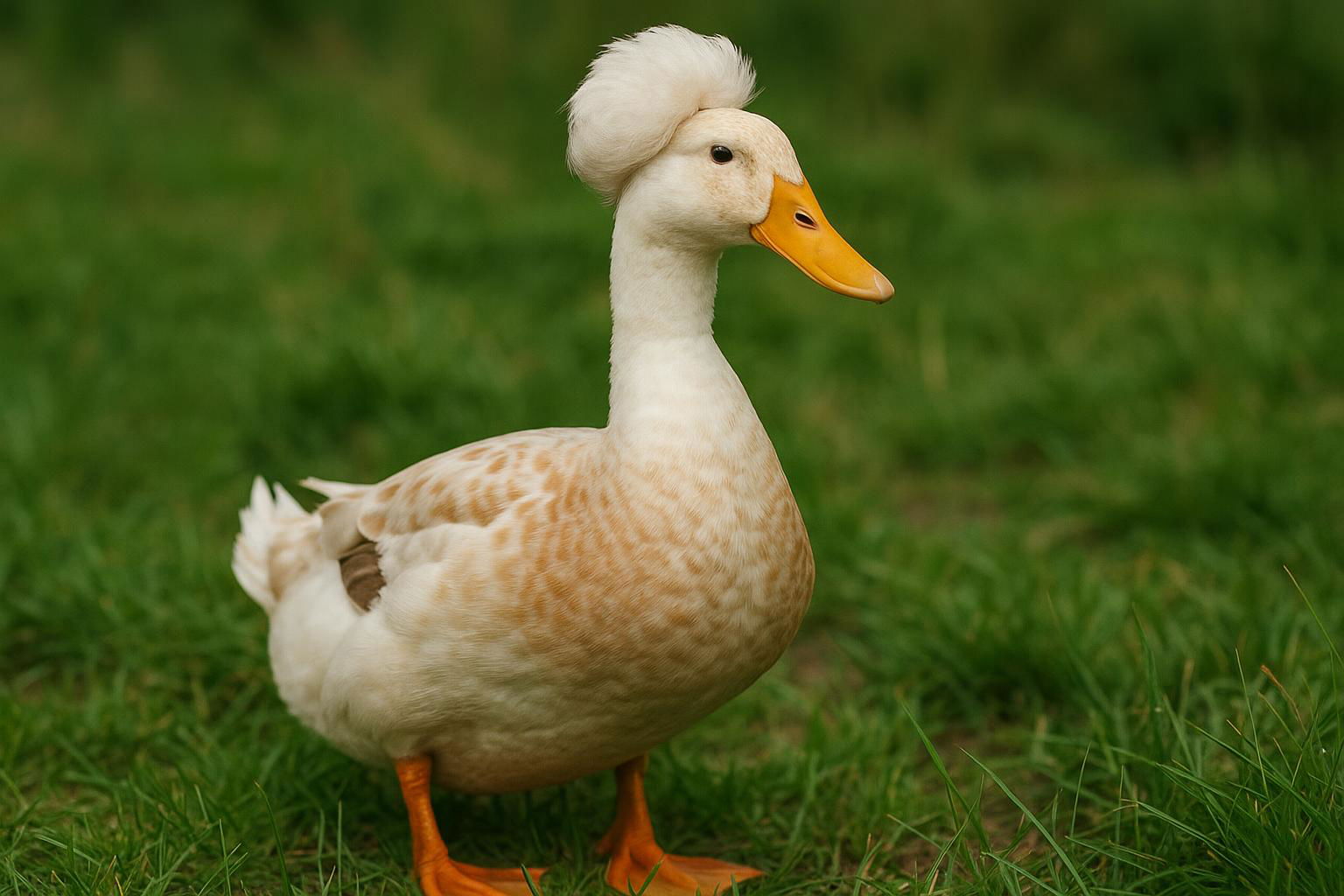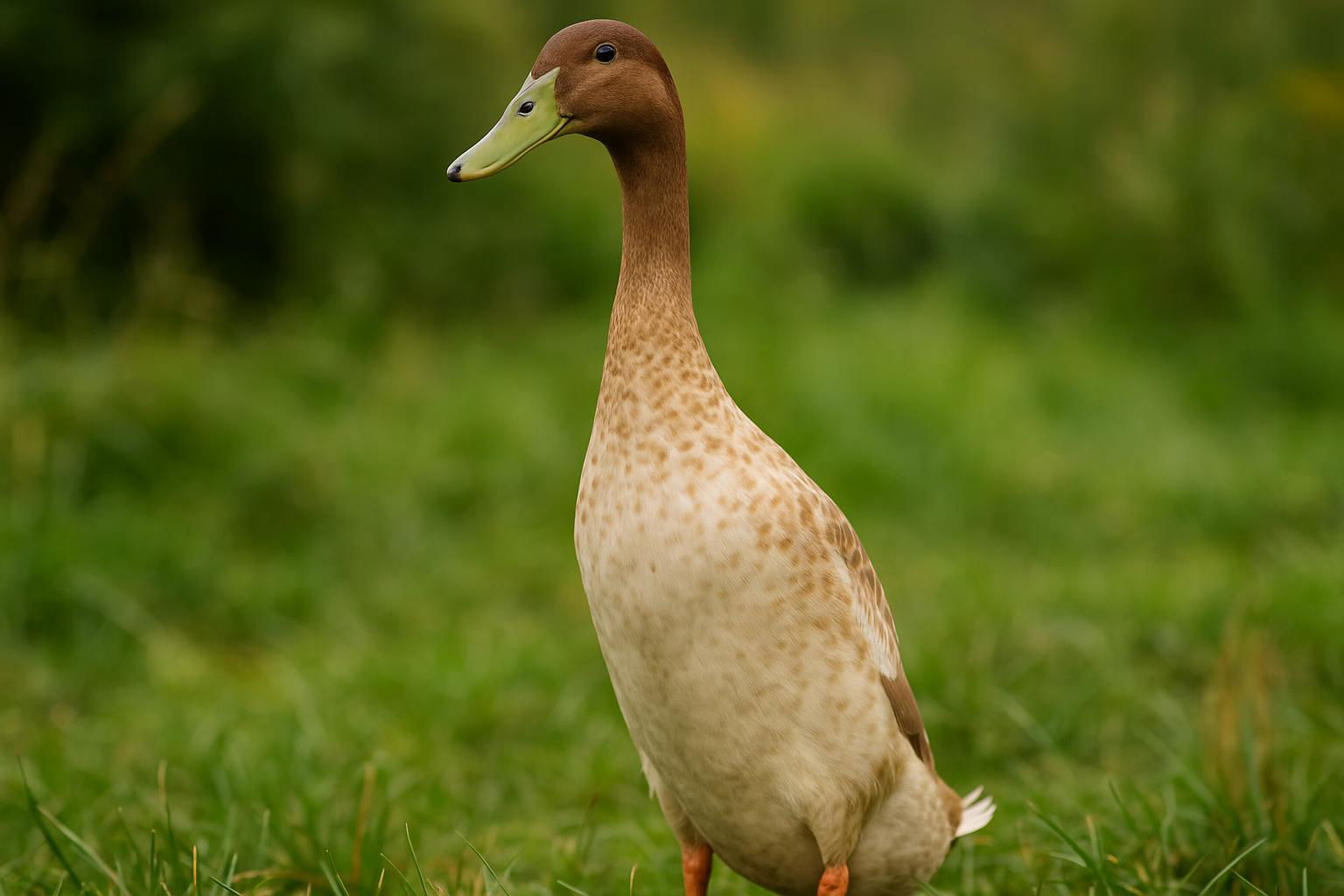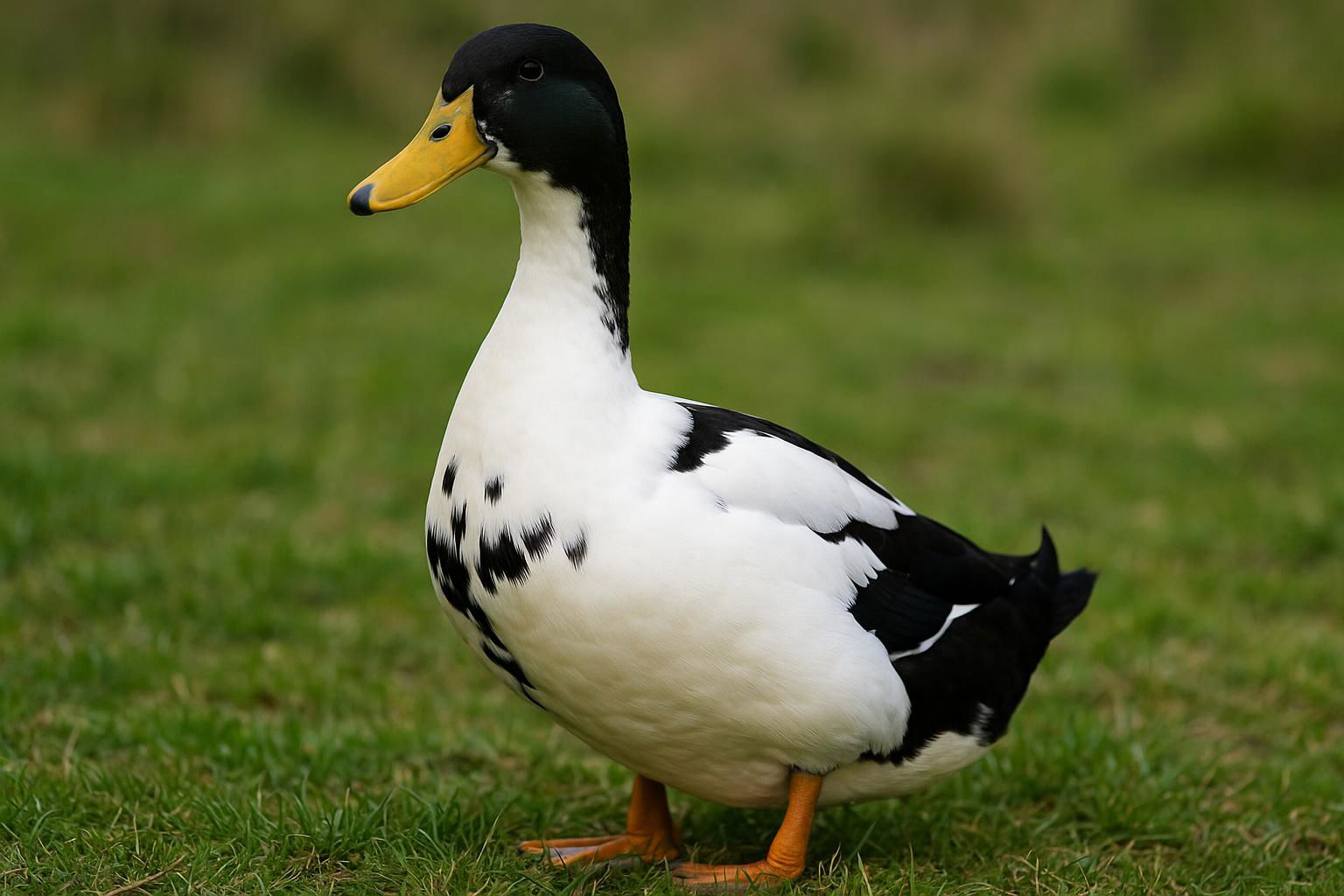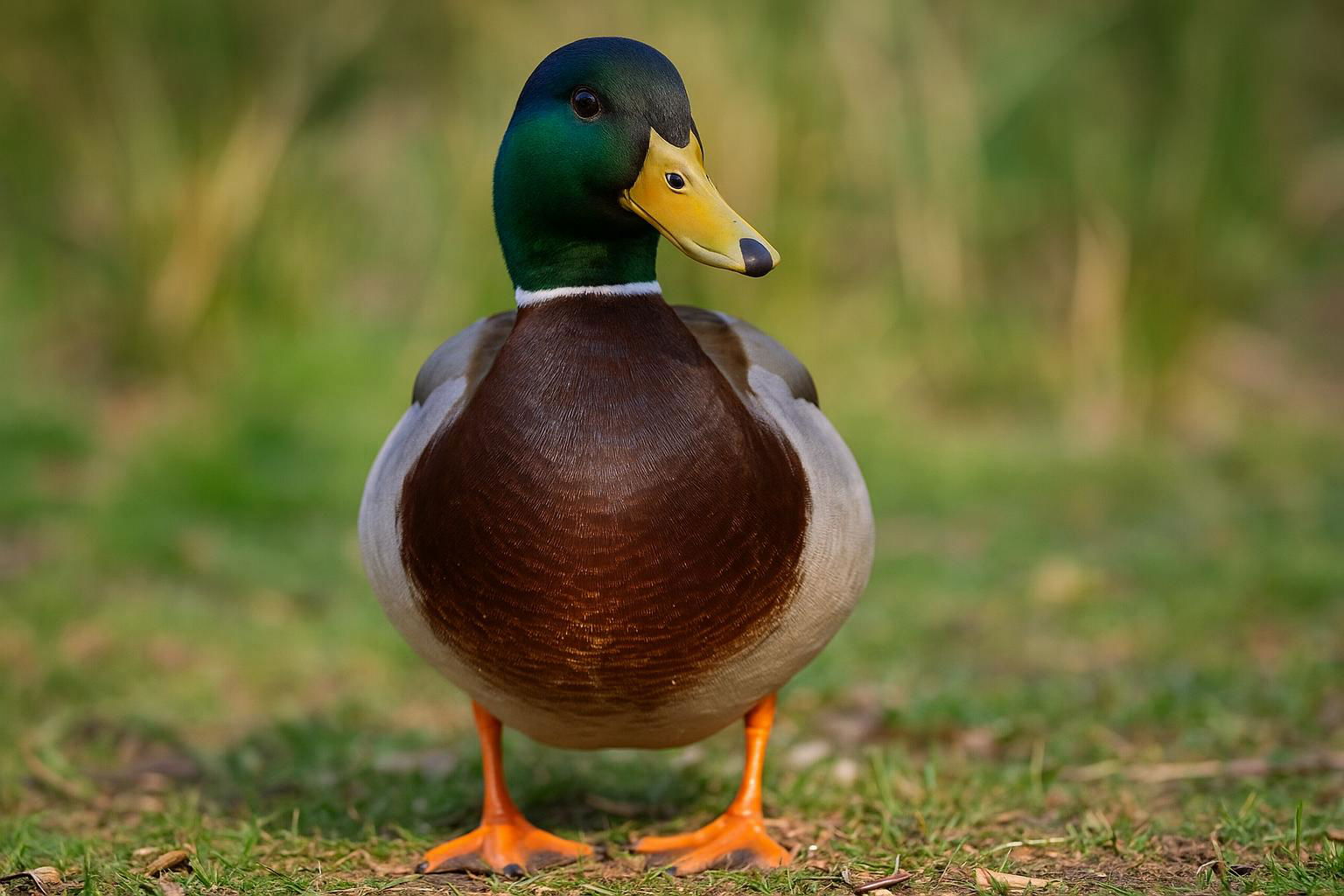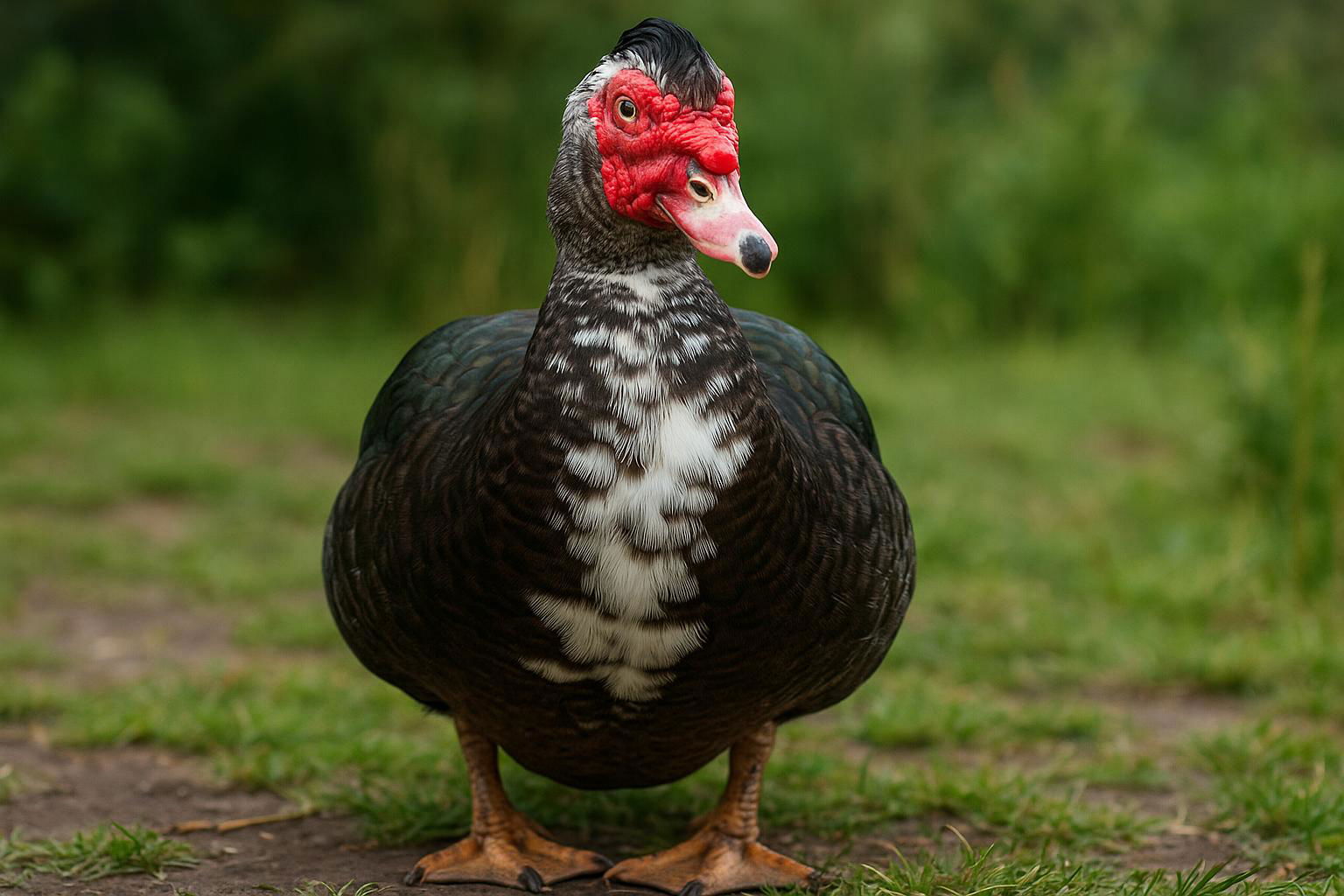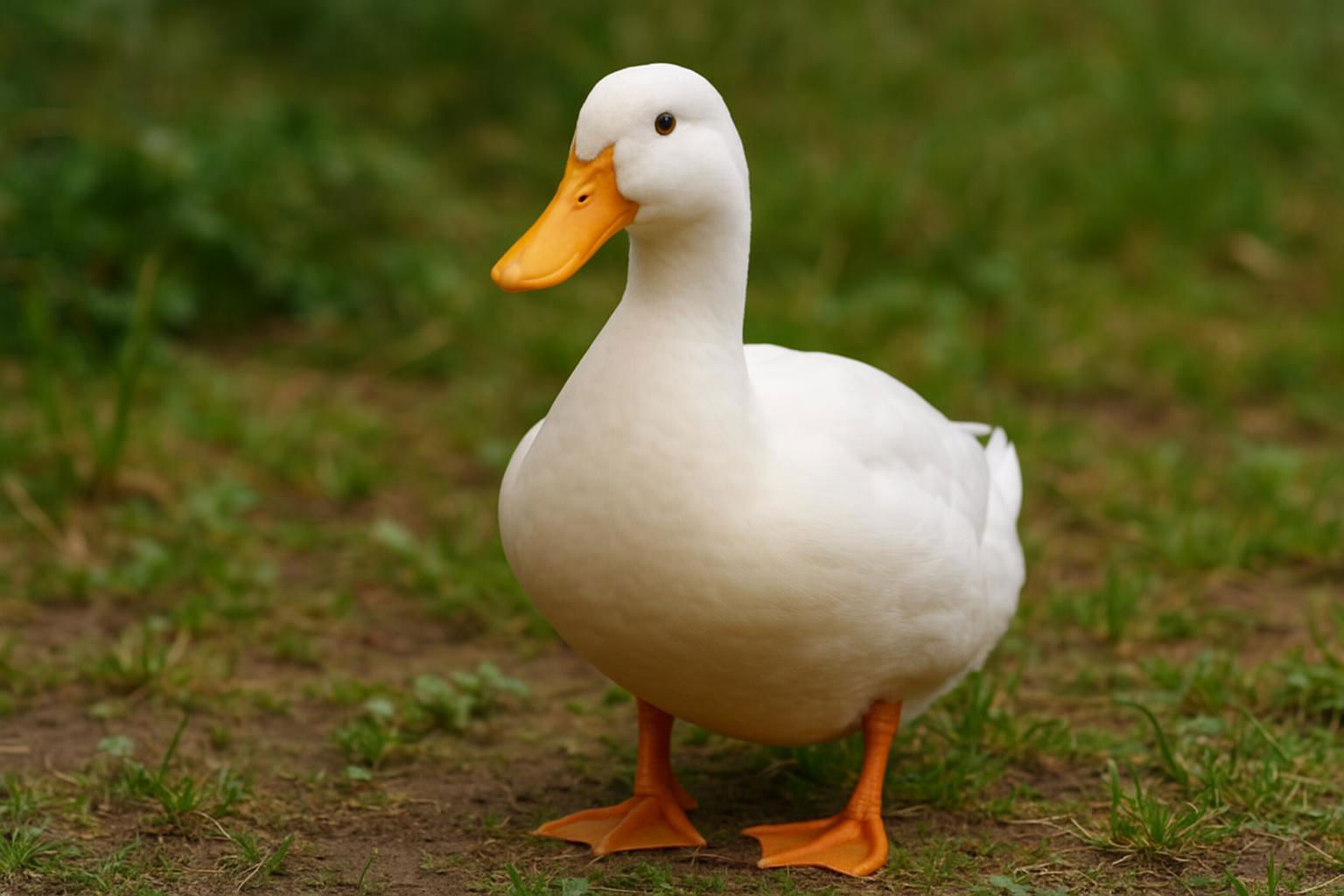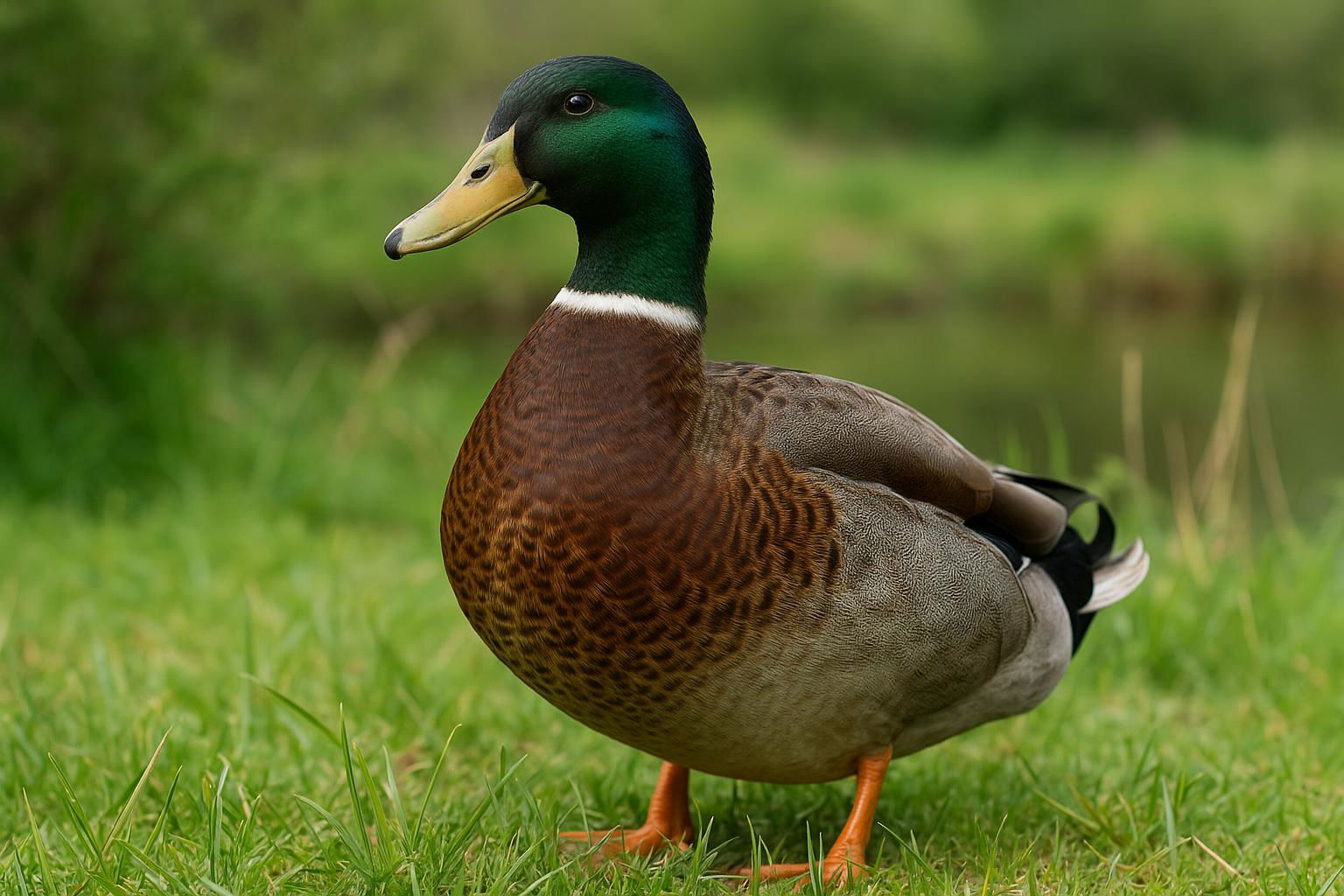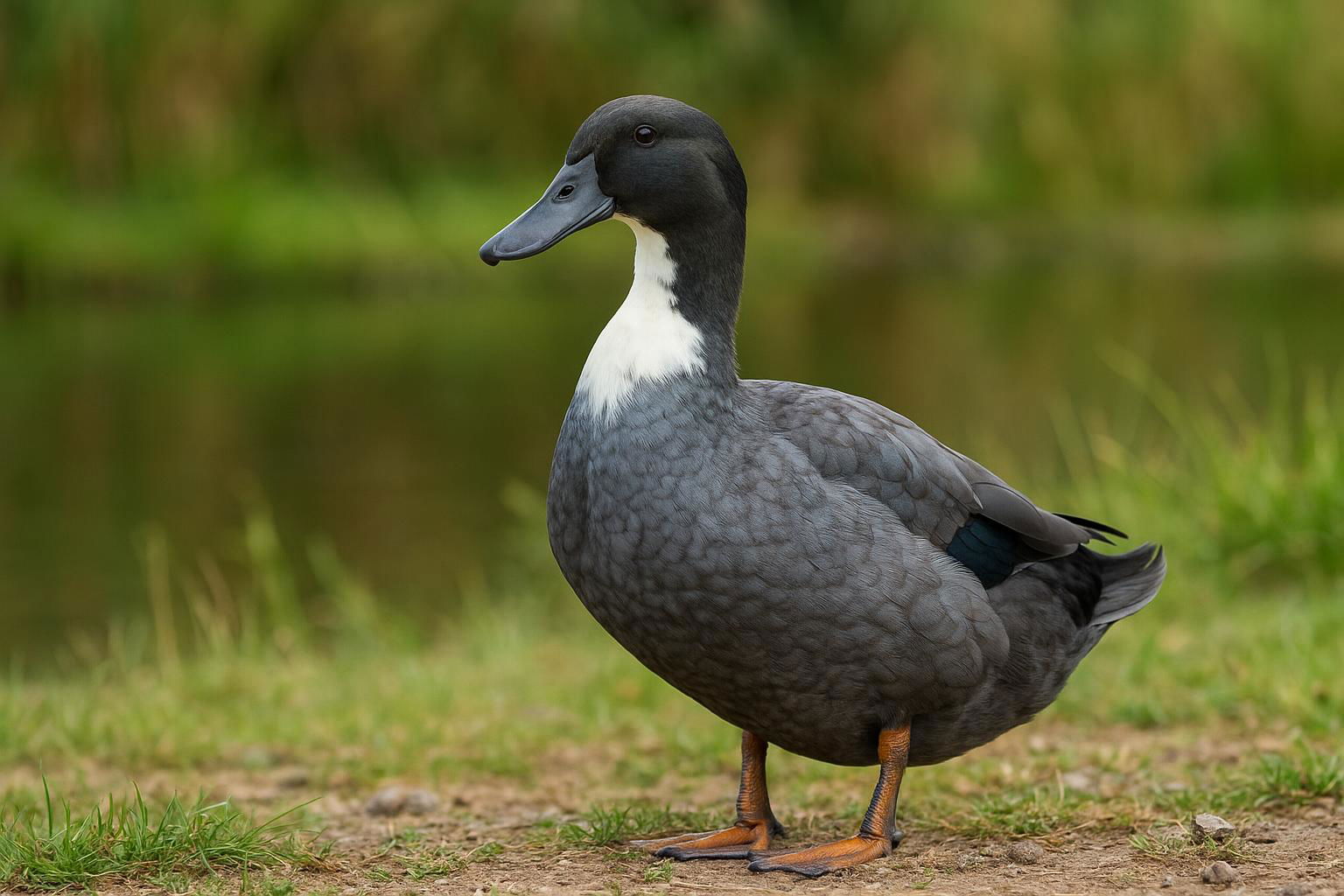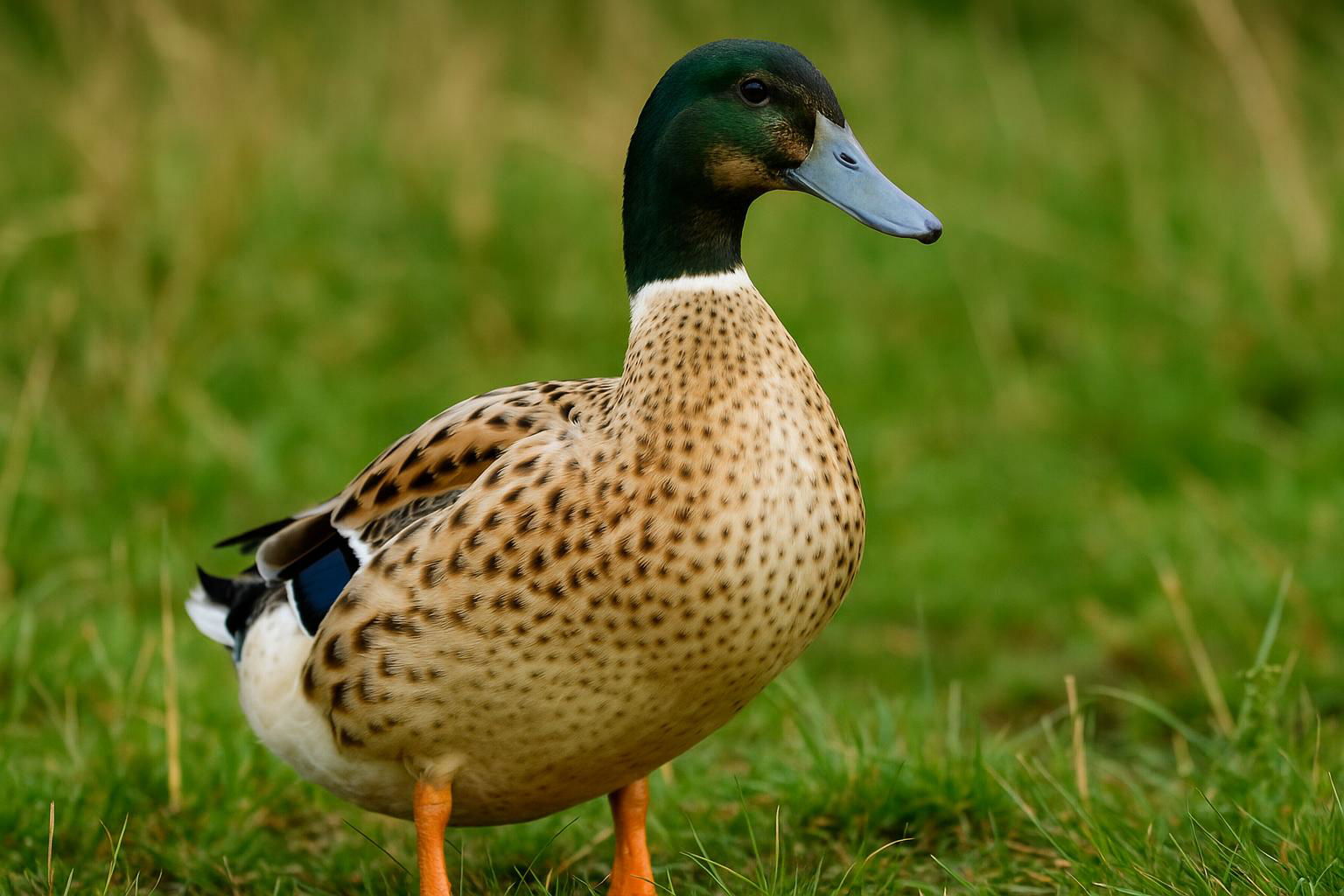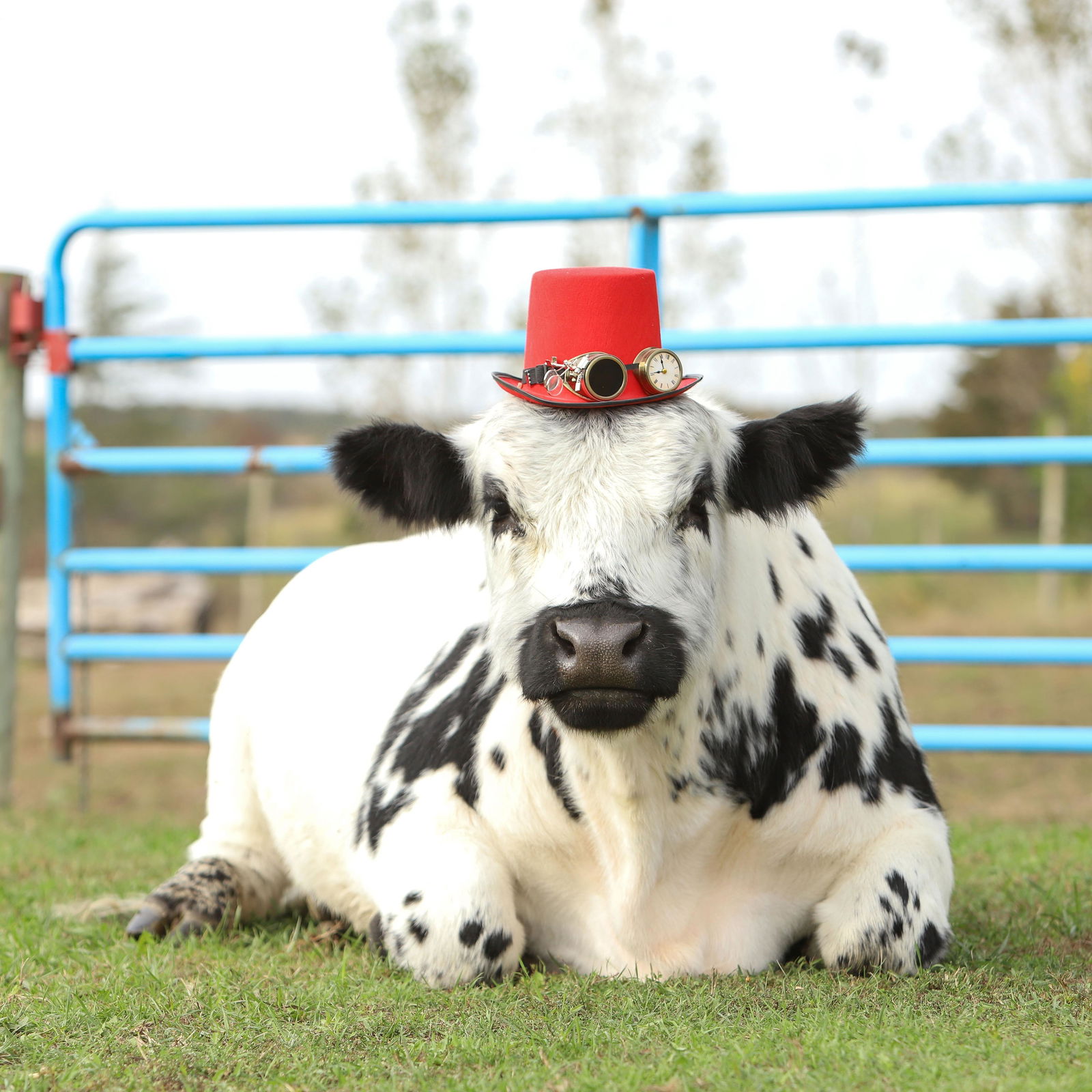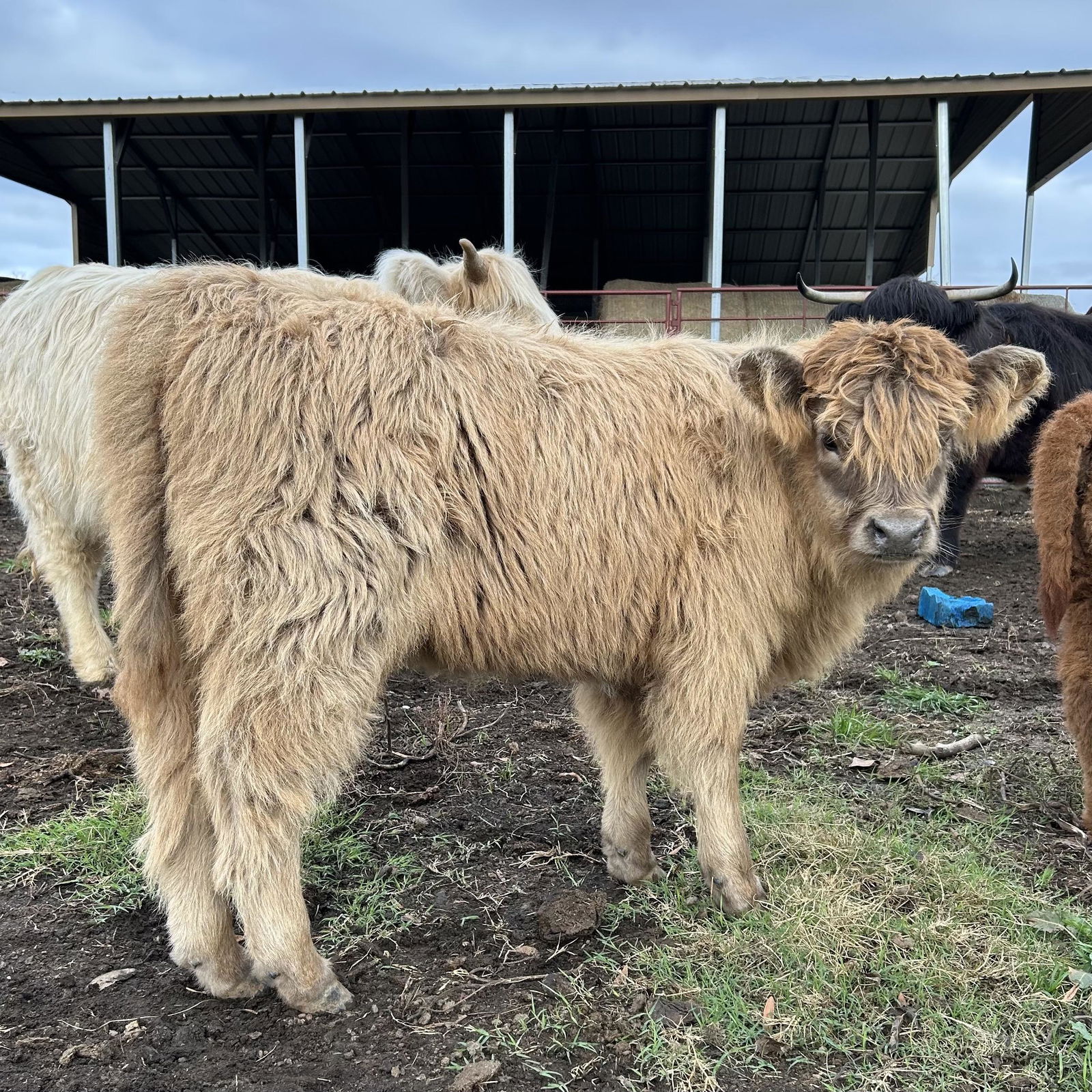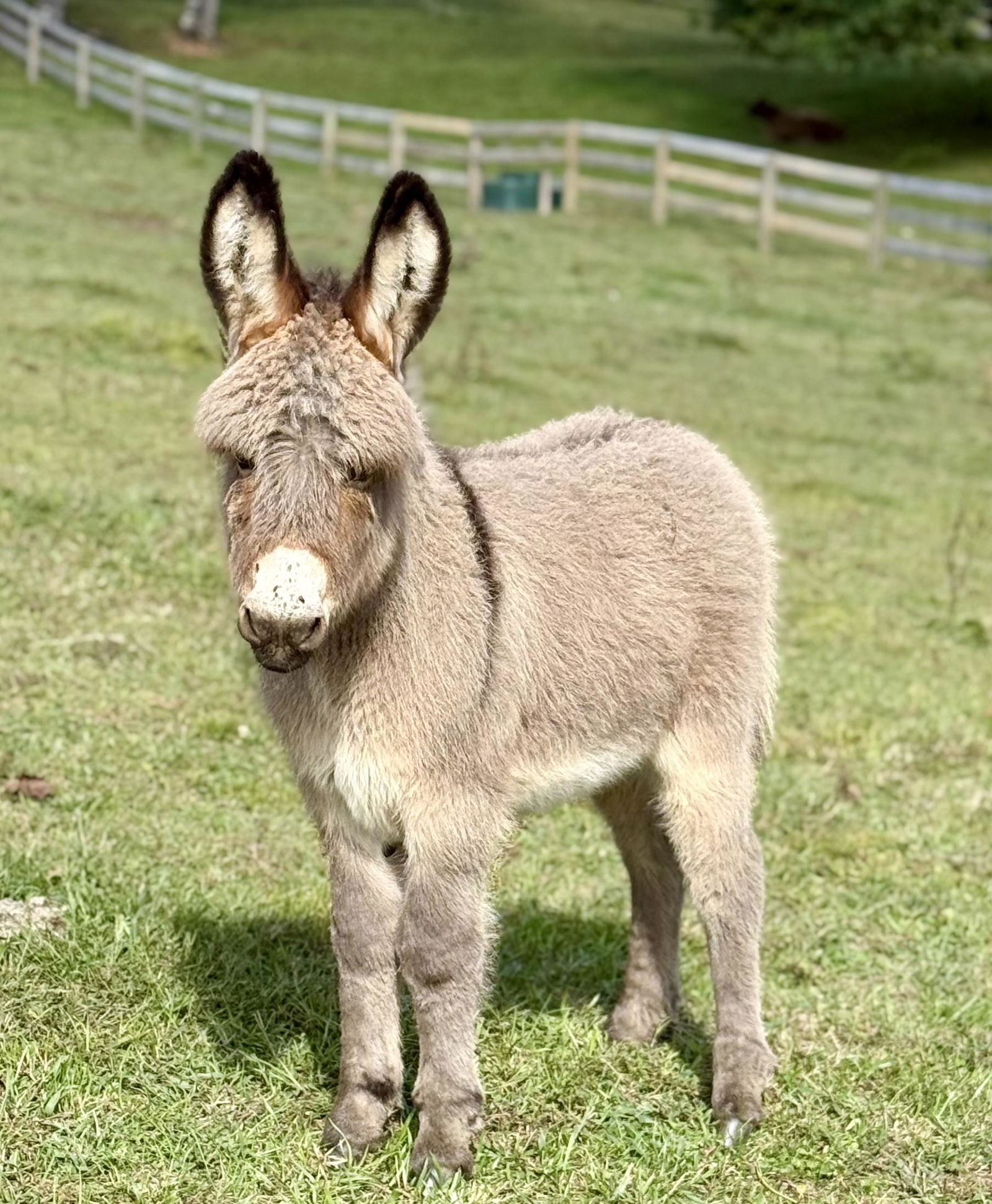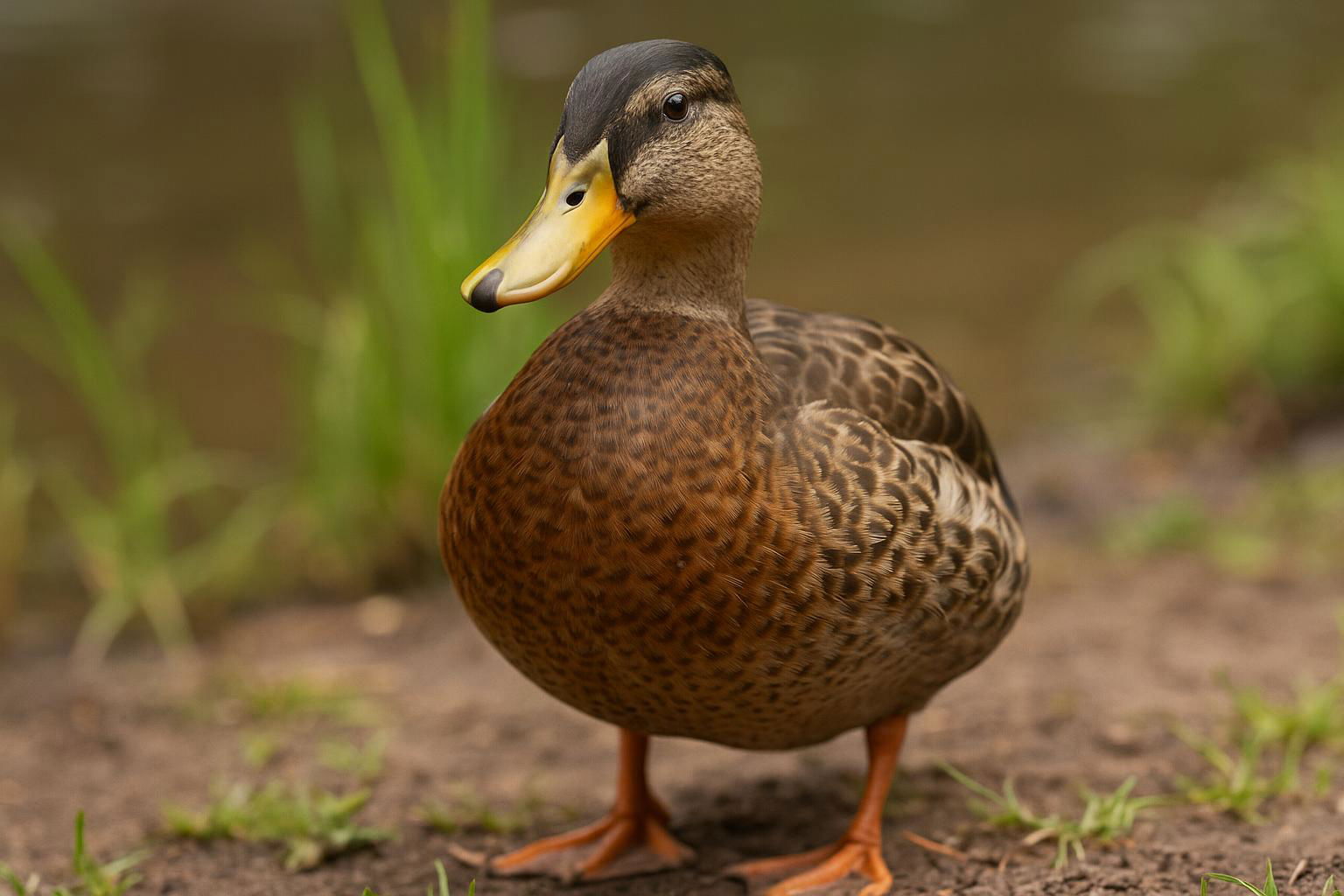
Duck
Anas platyrhynchos domesticus
The domestic duck, scientifically known as Anas platyrhynchos domesticus, is a versatile and widely recognized bird that has been domesticated for thousands of years. Originating from the wild mallard, these birds are a subspecies carefully cultivated for their meat, eggs, and down feathers. They are prevalent in agricultural settings and ornamental ponds globally.
Domestic ducks exhibit a variety of sizes, colors, and plumage patterns, often differing significantly from their wild ancestors. Common physical traits include a broad, flat bill and webbed feet, which make them excellent swimmers. Their plumage can encompass shades from pure white to diverse combinations of black, brown, and iridescent greens.
Known for their amiable and calm disposition, domestic ducks are social animals typically living in flocks. They are omnivorous and enjoy a diet that includes grains, insects, and aquatic vegetation. These ducks are also notable for their distinctive "quack," though sounds can vary between different breeds.
With their adaptability to different environments, domestic ducks not only serve practical purposes in farming but also contribute to biodiversity around human dwellings, enhancing both ecological health and cultural heritage.

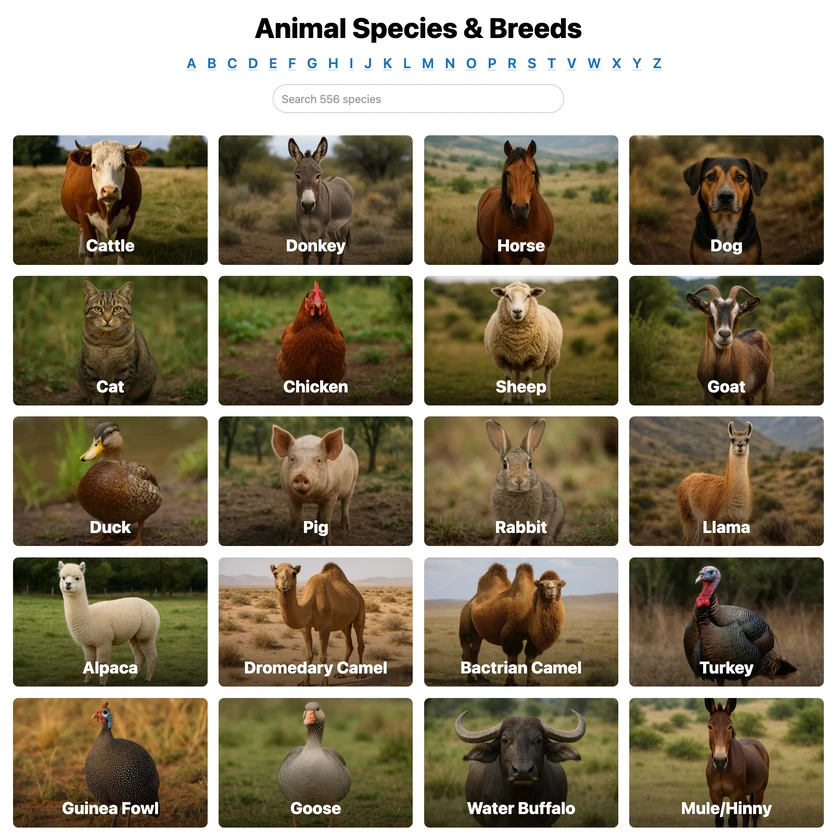 All Species & Breeds
All Species & Breeds
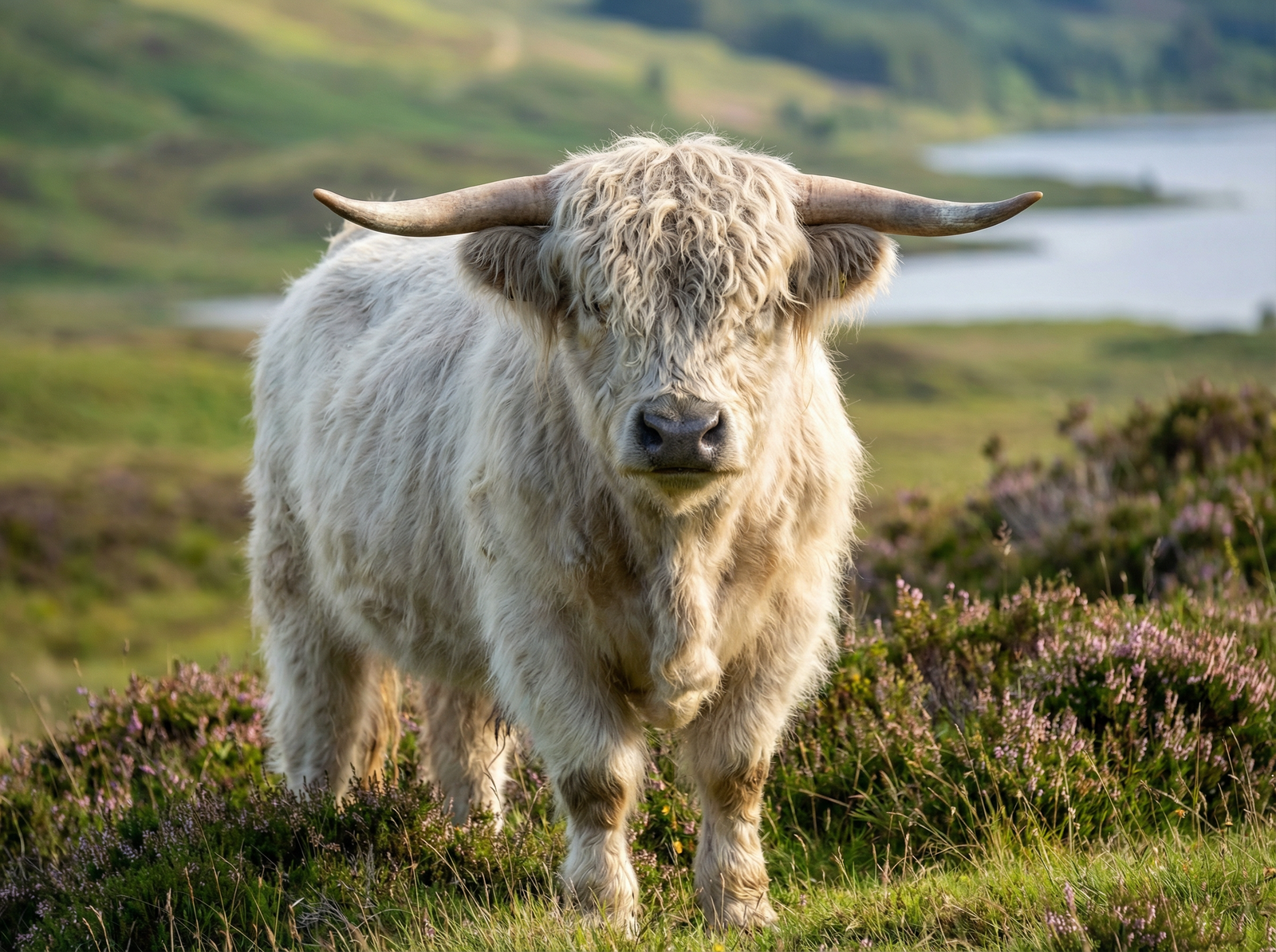 Highland Cattle
Highland Cattle
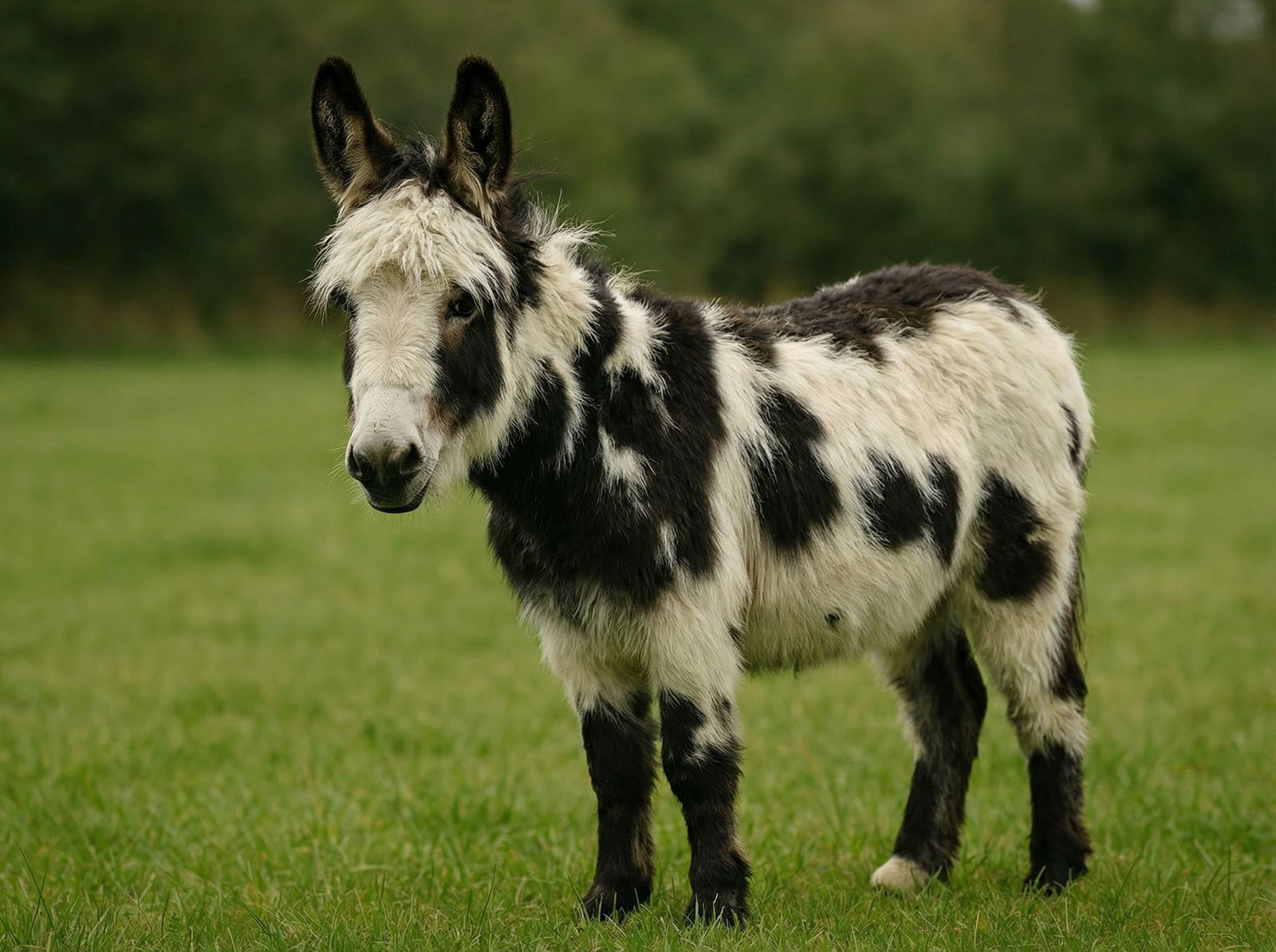 Miniature Donkeys
Miniature Donkeys
 All Species Directory
All Species Directory
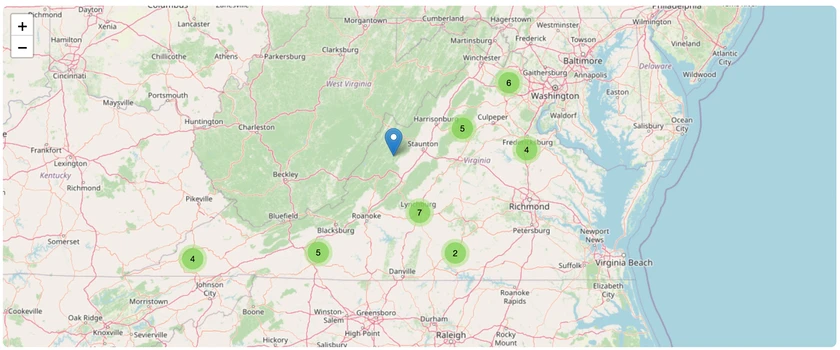 Highland Cattle in Virginia
Highland Cattle in Virginia
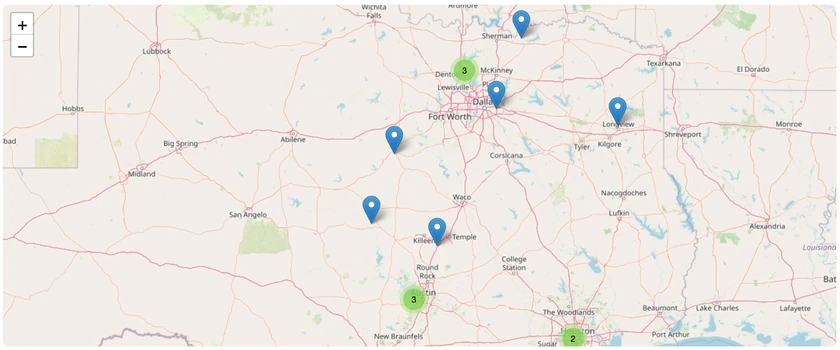 Miniature Donkeys in Texas
Miniature Donkeys in Texas
